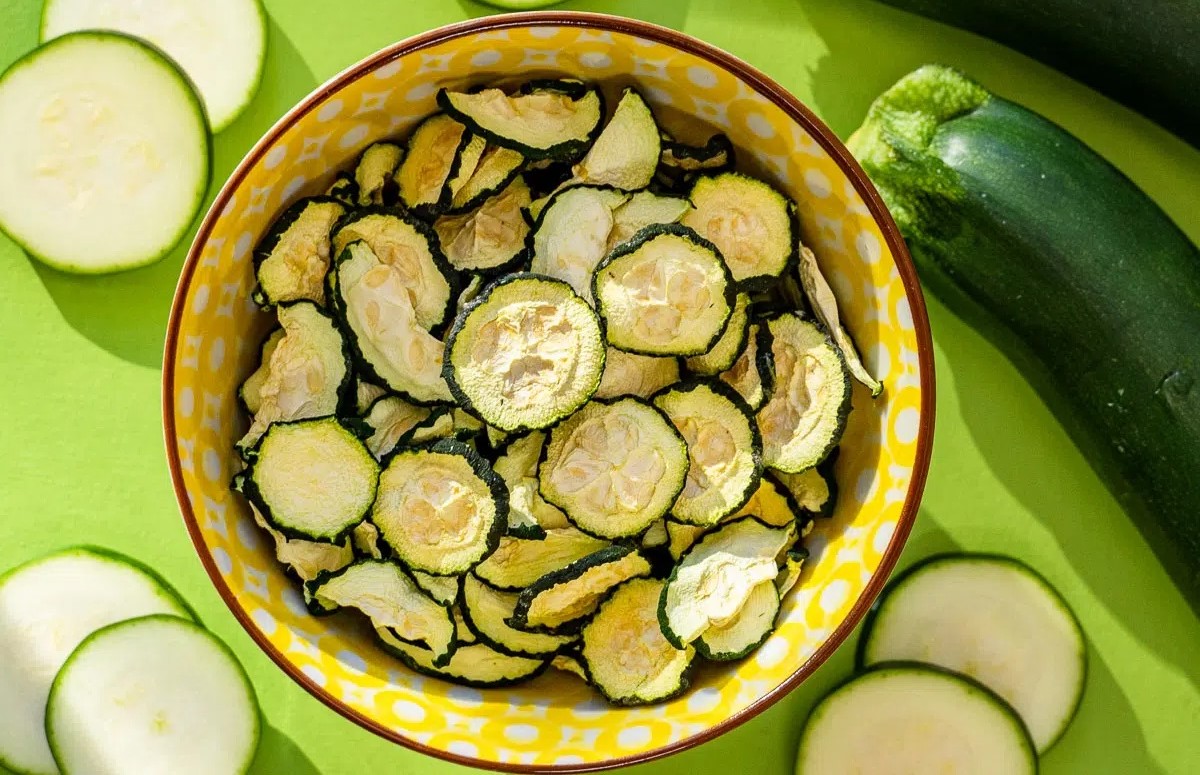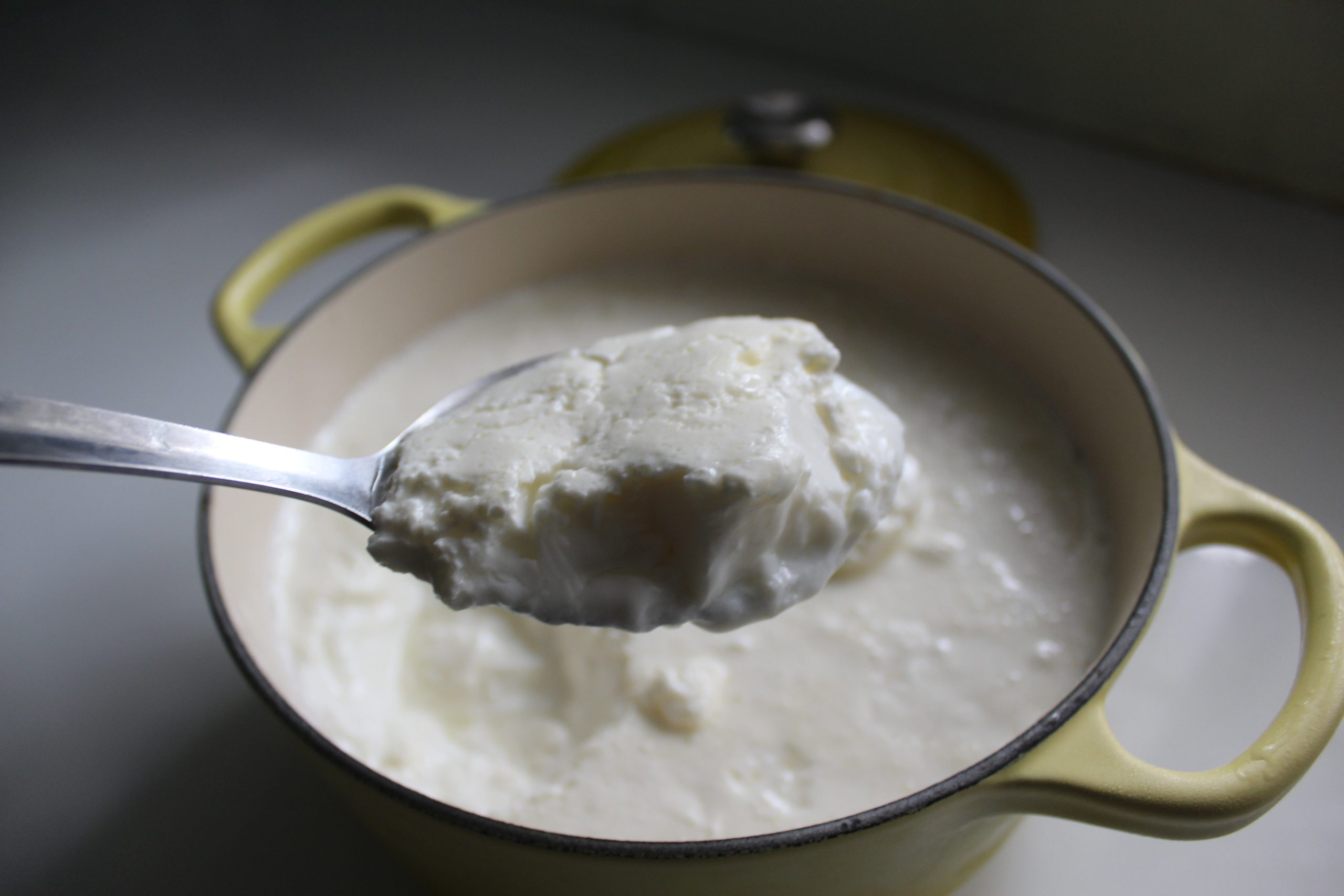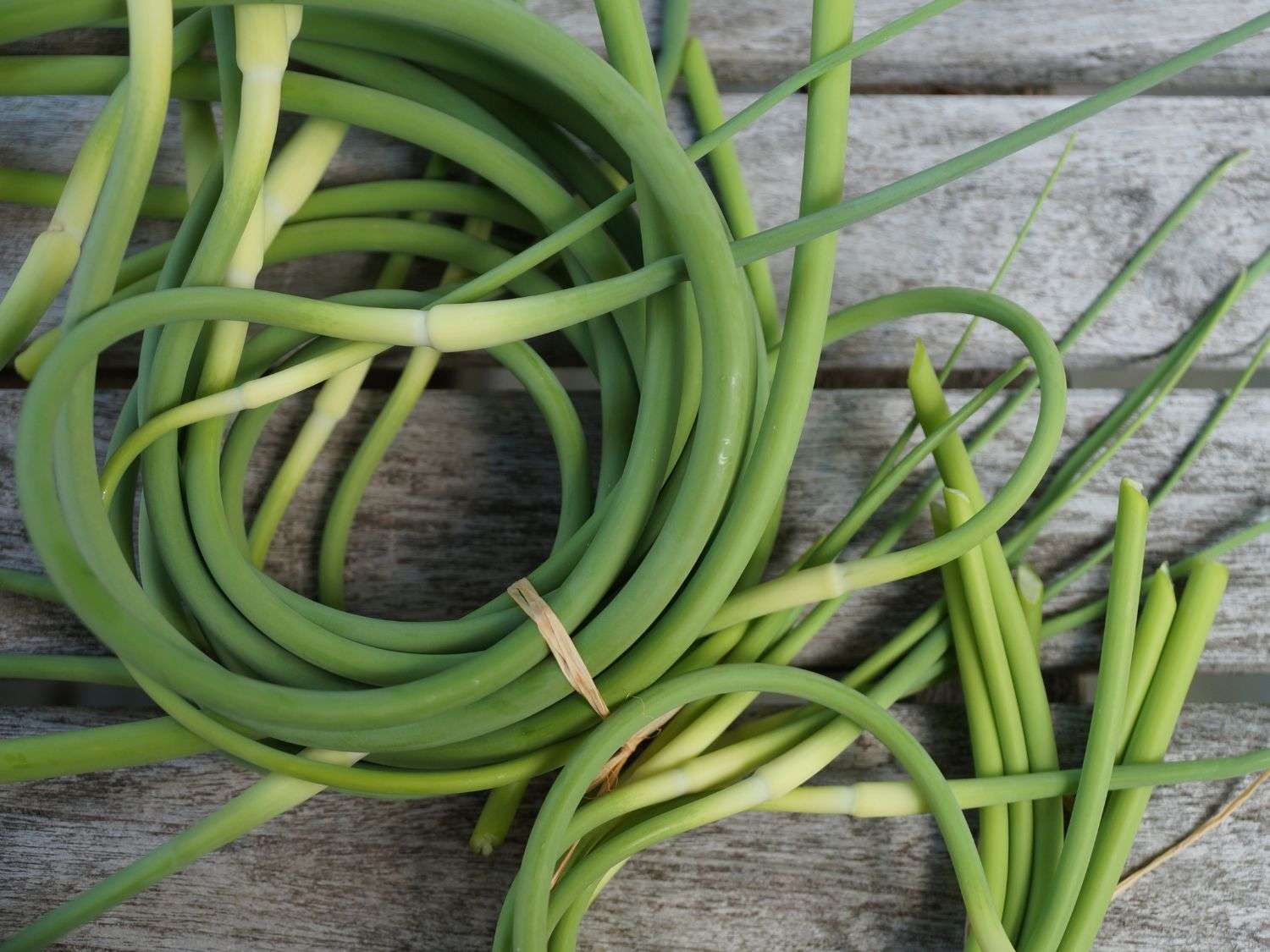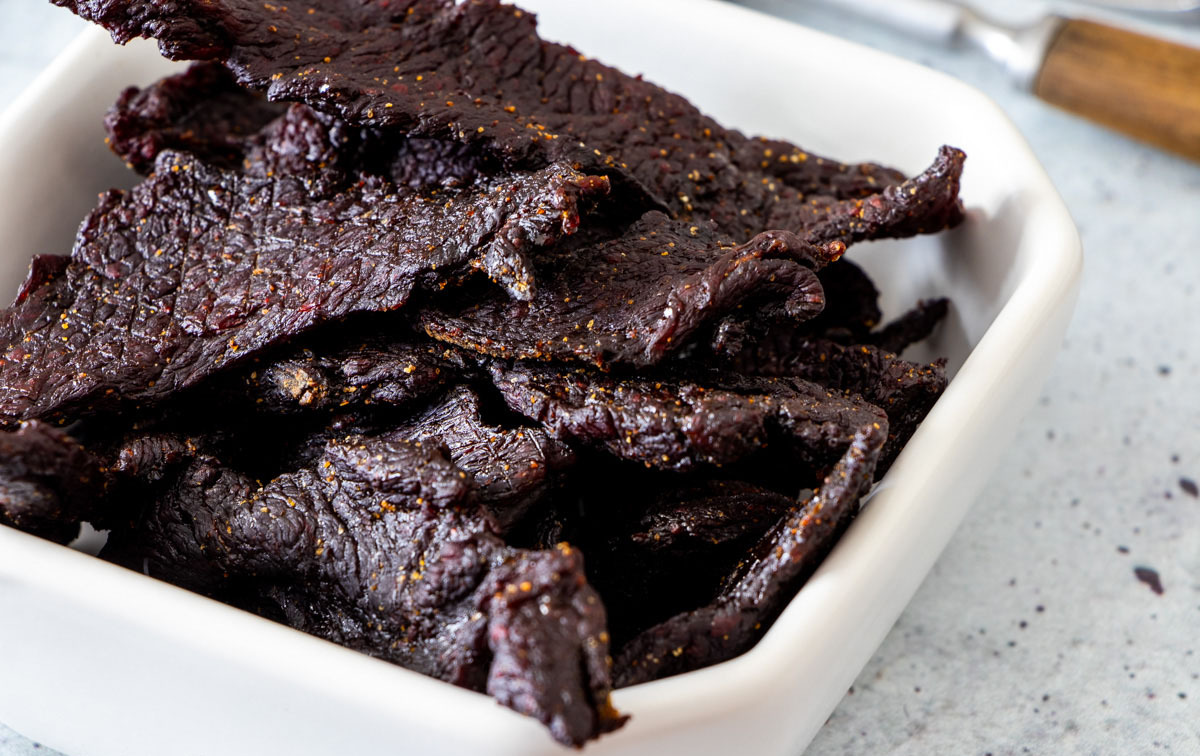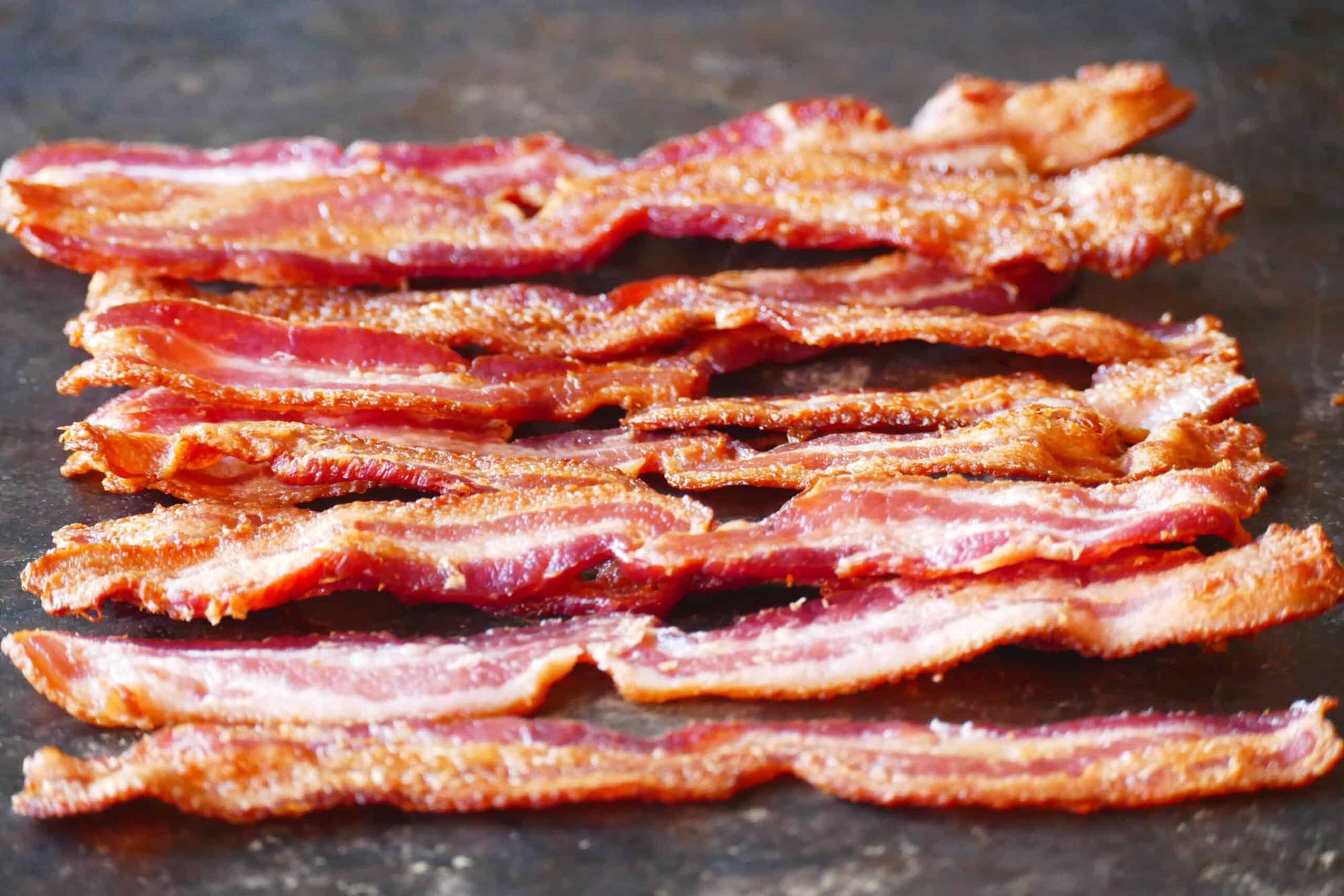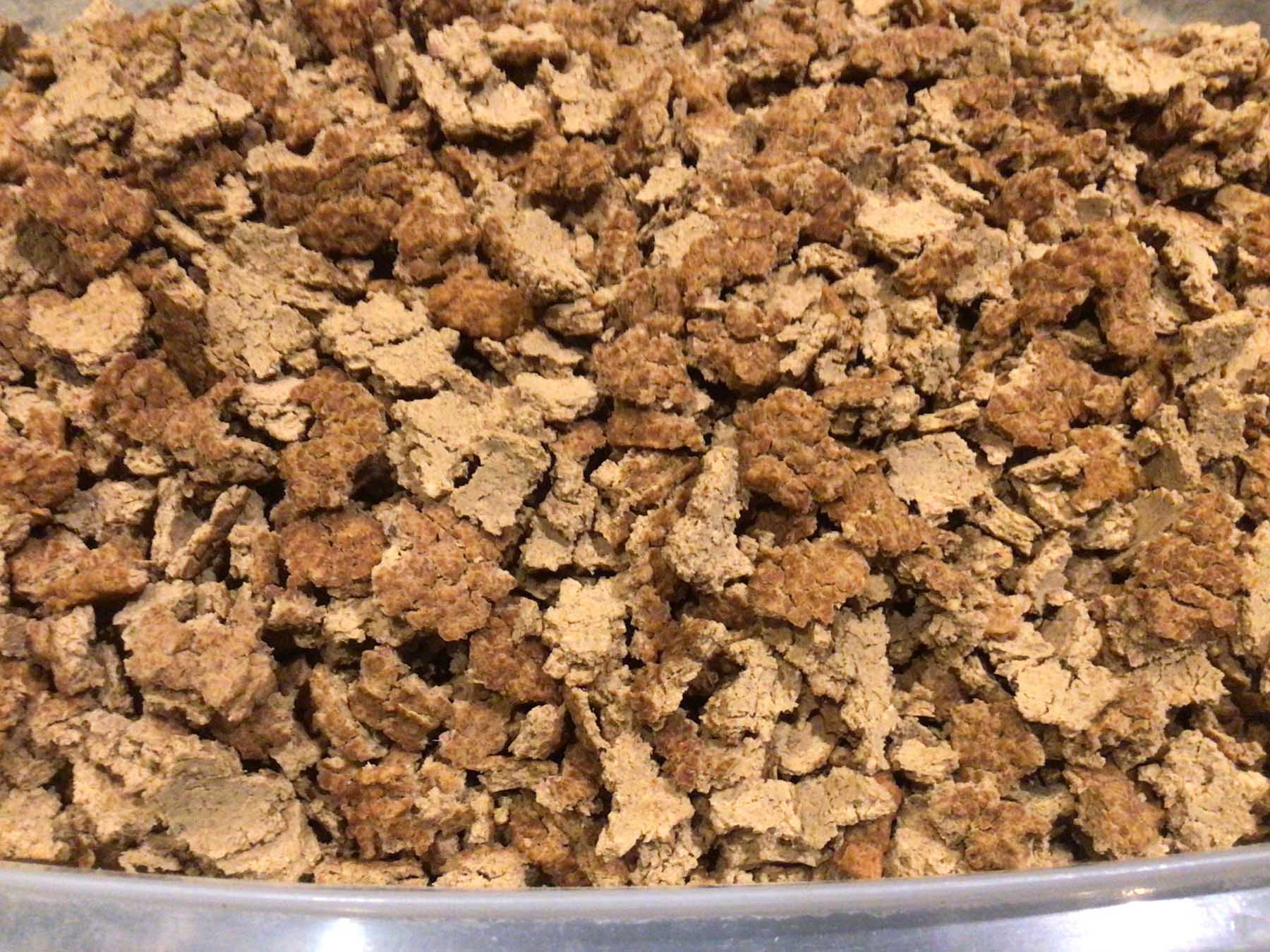Dehydrating Ham: A Delicious and Convenient Way to Preserve Meat
Dehydrating ham is a simple and effective way to preserve this flavorful meat for long-term storage. Whether you’re an outdoor enthusiast looking for lightweight and portable food options, or you simply want to extend the shelf life of your favorite deli meat, dehydrating ham can be a game-changer. In this guide, we’ll walk you through the steps to dehydrate ham at home, so you can enjoy its savory goodness anytime, anywhere.
What You’ll Need
Before you begin the dehydrating process, gather the following supplies:
- Fresh ham slices or chunks
- Sharp knife for trimming fat
- Dehydrator with adjustable temperature settings
- Food-safe storage containers or vacuum-sealed bags
Preparing the Ham
Start by selecting high-quality ham that is free of excessive fat and gristle. Use a sharp knife to trim any visible fat from the meat, as fat can become rancid during the dehydration process. Cut the ham into uniform slices or chunks to ensure even drying.
Dehydrating Process
Now it’s time to fire up the dehydrator. Arrange the prepared ham pieces on the dehydrator trays, leaving space between each piece for proper air circulation. Set the dehydrator to a temperature of 145°F (63°C) and allow the ham to dry for approximately 6-8 hours. Check the progress periodically and rotate the trays if necessary to promote even drying.
Testing for Doneness
To ensure that the ham is fully dehydrated, perform a simple test. The meat should be dry and leathery to the touch, with no signs of moisture or soft spots. If you bend a piece of dehydrated ham, it should crack but not break apart. Properly dehydrated ham can be stored at room temperature for several weeks or even longer if vacuum-sealed.
Storing Dehydrated Ham
Once the ham is fully dehydrated, allow it to cool to room temperature before transferring it to airtight storage containers or vacuum-sealed bags. Store the dehydrated ham in a cool, dark, and dry place to maintain its quality. Properly stored dehydrated ham can last for several months, providing a convenient and delicious protein source for your culinary adventures.
Rehydrating and Enjoying
When you’re ready to enjoy your dehydrated ham, simply rehydrate it by soaking the pieces in hot water for 10-15 minutes. You can also add the rehydrated ham to soups, stews, or pasta dishes for a flavorful and satisfying meal. Alternatively, you can snack on the dehydrated ham as is for a protein-packed treat on the go.
Final Thoughts
Dehydrating ham is a fantastic way to extend the shelf life of this versatile meat while preserving its rich flavor and nutritional value. By following these simple steps, you can create your own supply of dehydrated ham to enhance your outdoor adventures or stock your pantry with convenient meal options. Experiment with different seasonings and flavorings to customize the taste of your dehydrated ham, and enjoy the convenience and satisfaction of homemade preserved meats.
So, are you ready to try dehydrating ham at home? With the right equipment and a little bit of patience, you can enjoy the benefits of this time-honored preservation method and elevate your culinary experiences.
For those keen to try their hand at dehydrating ham, there are several delicious recipes to explore. Using the guide, one can whip up a Dehydrated Ham and Cheddar Omelette for a protein-packed breakfast or a Dehydrated Ham and Bean Soup that's perfect for a cozy evening. For a heartier meal, the Dehydrated Ham and Potato Casserole is a must-try, combining the savory flavors of ham with creamy potatoes. If you're in the mood for something lighter, the Dehydrated Ham and Asparagus Salad offers a refreshing twist. And for those who love a good pasta dish, the Dehydrated Ham and Broccoli Alfredo is sure to satisfy. Each recipe is simple to follow and showcases the versatility of dehydrated ham.
Was this page helpful?
Read Next: How To Dehydrate Pork Jerky
